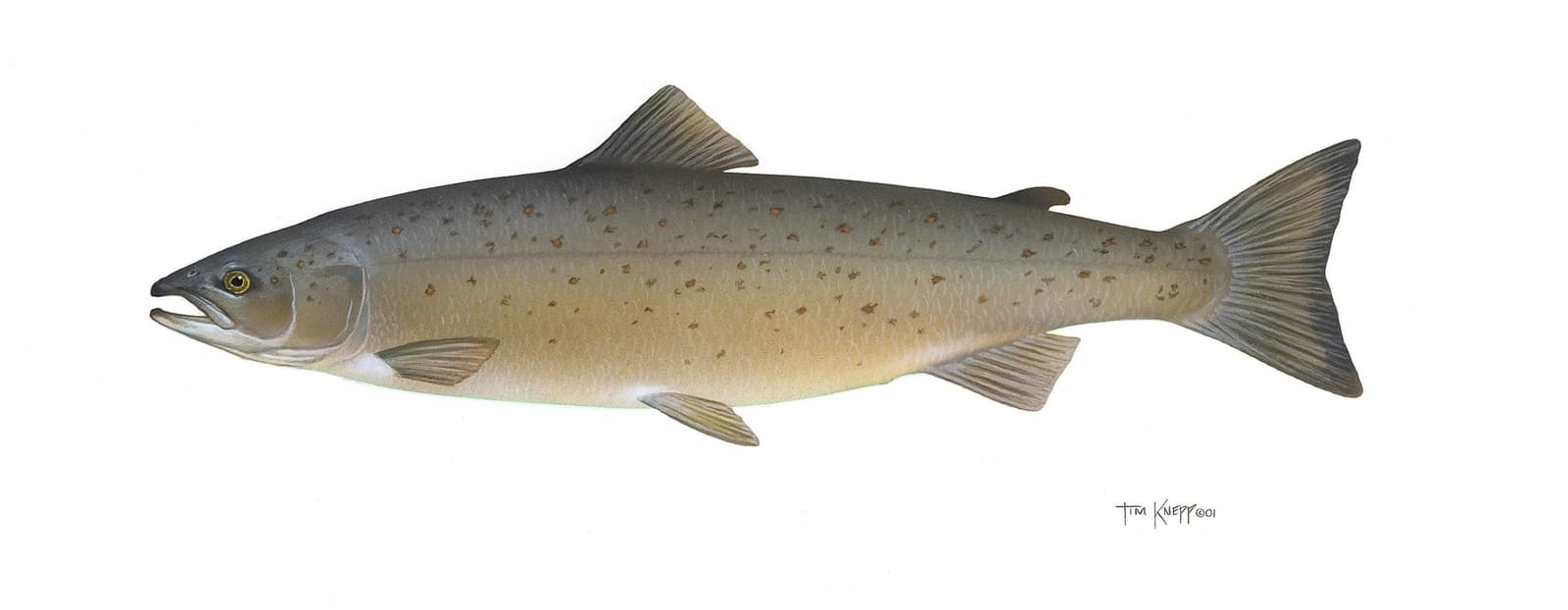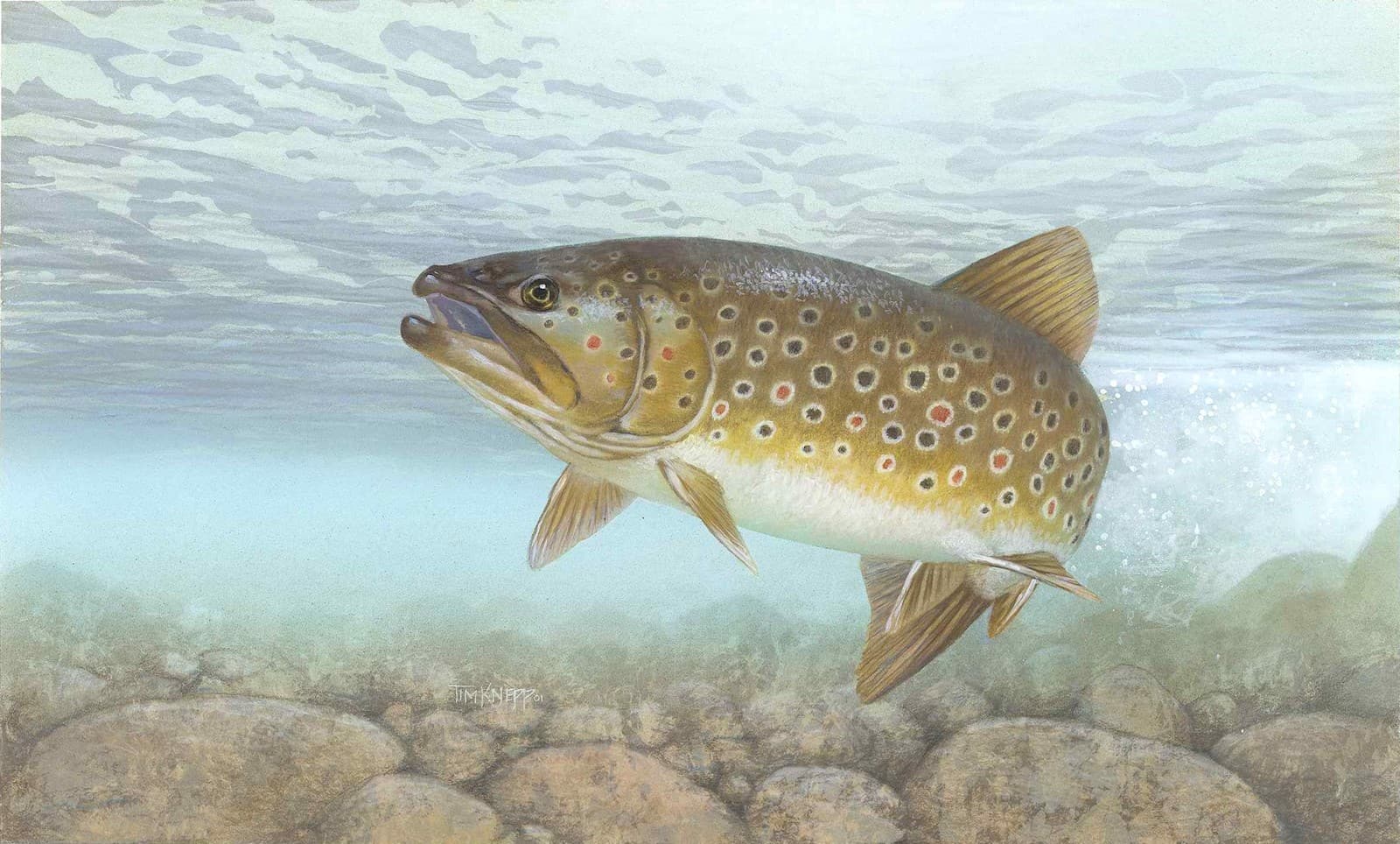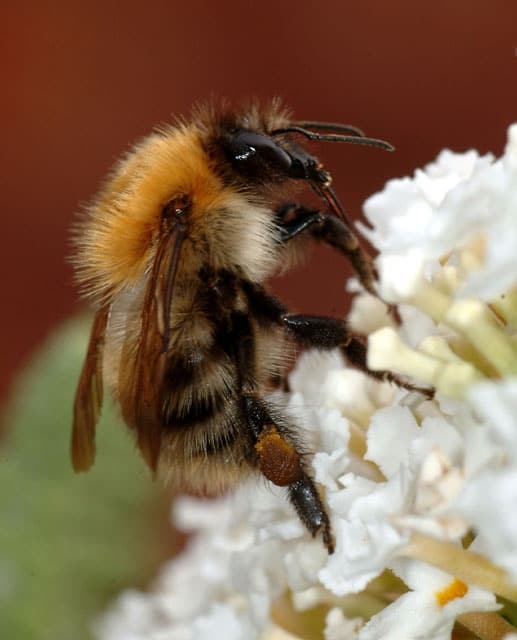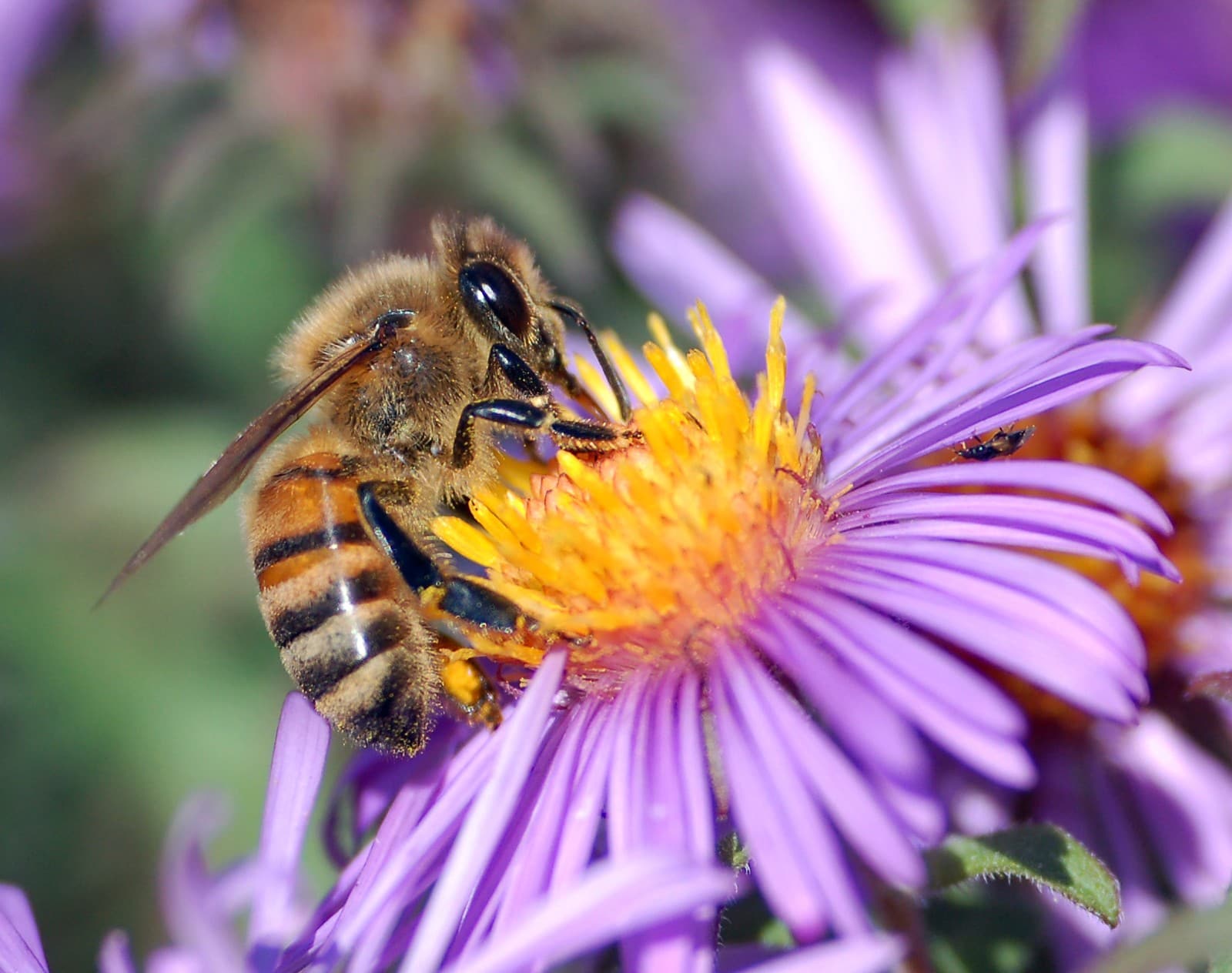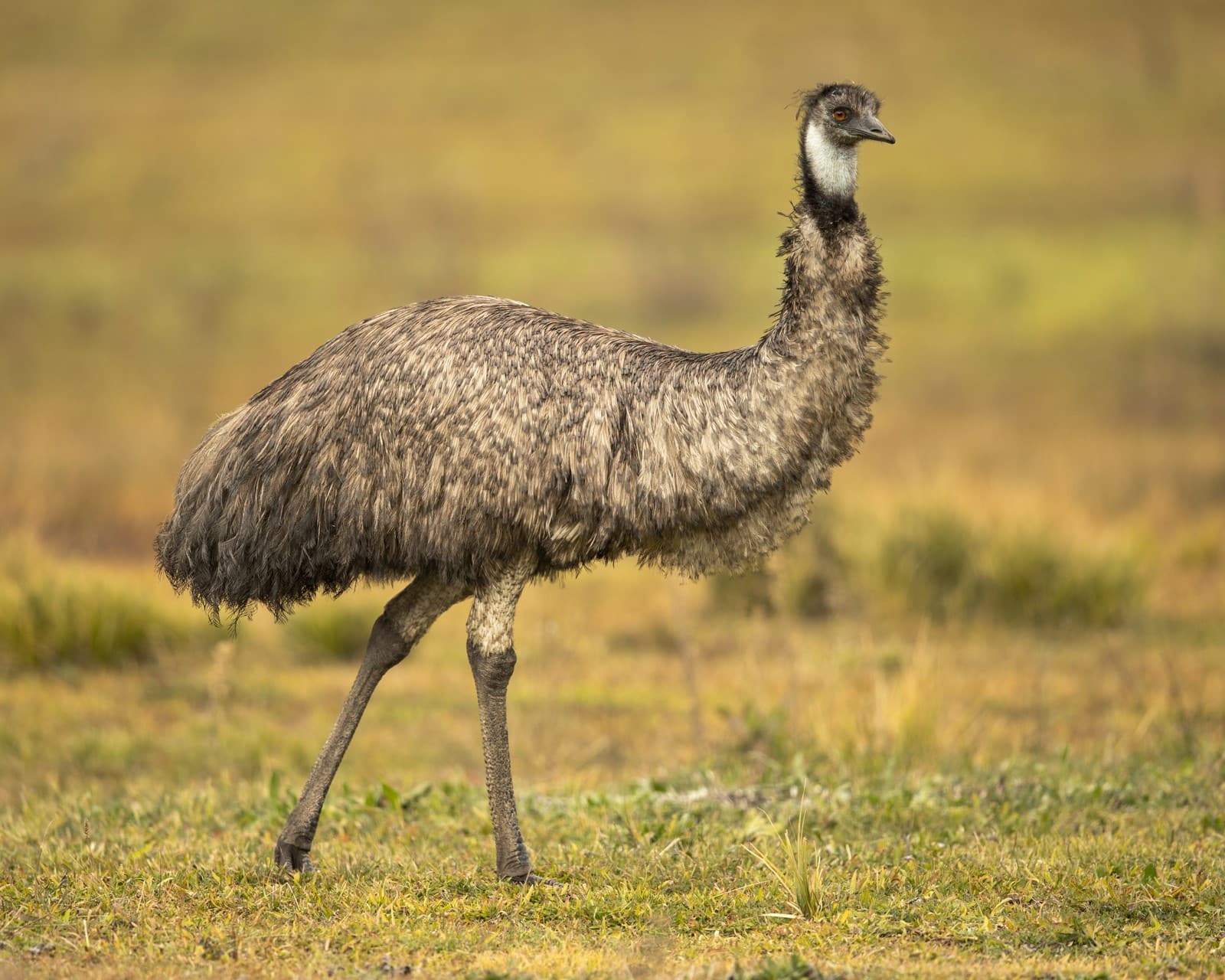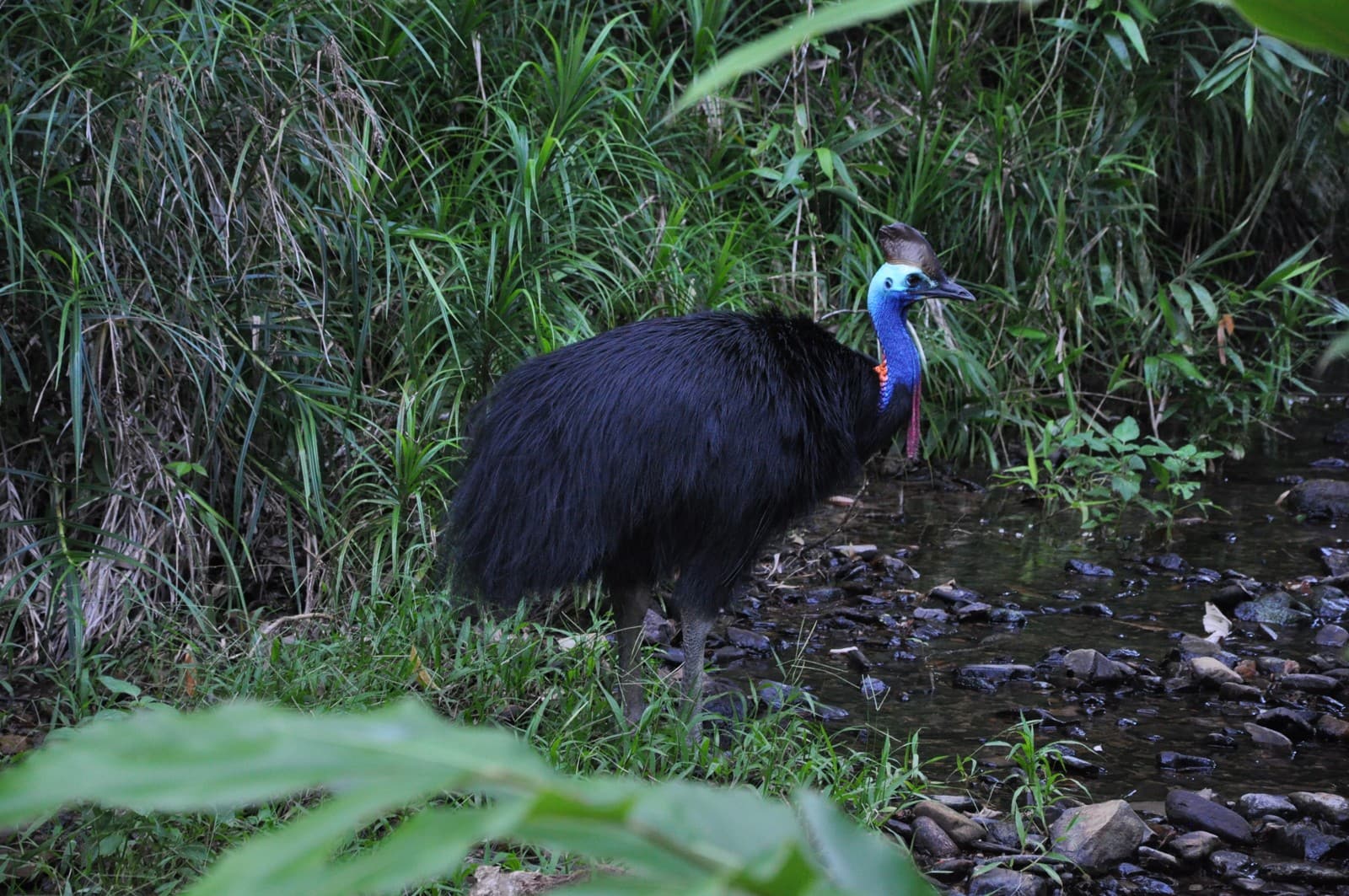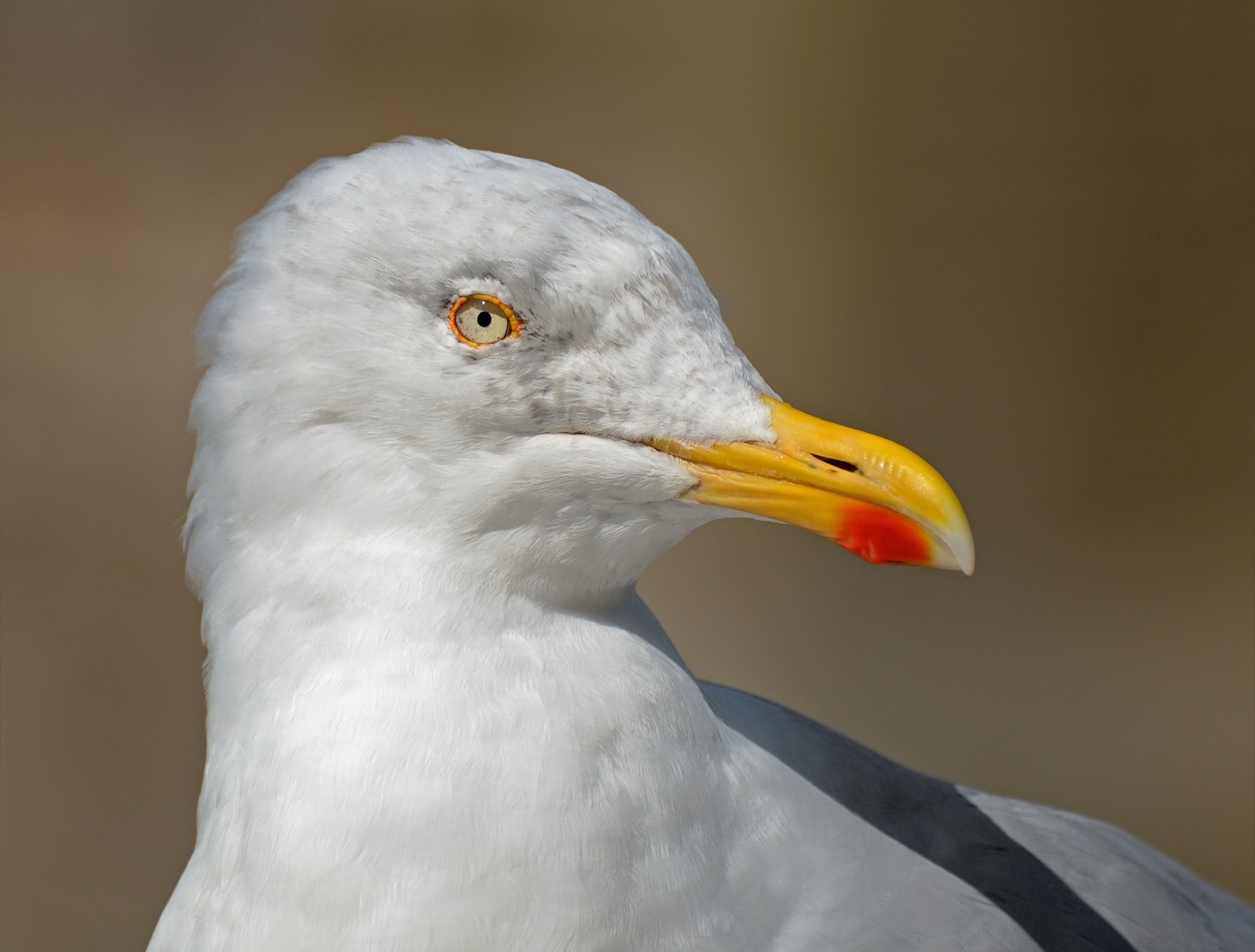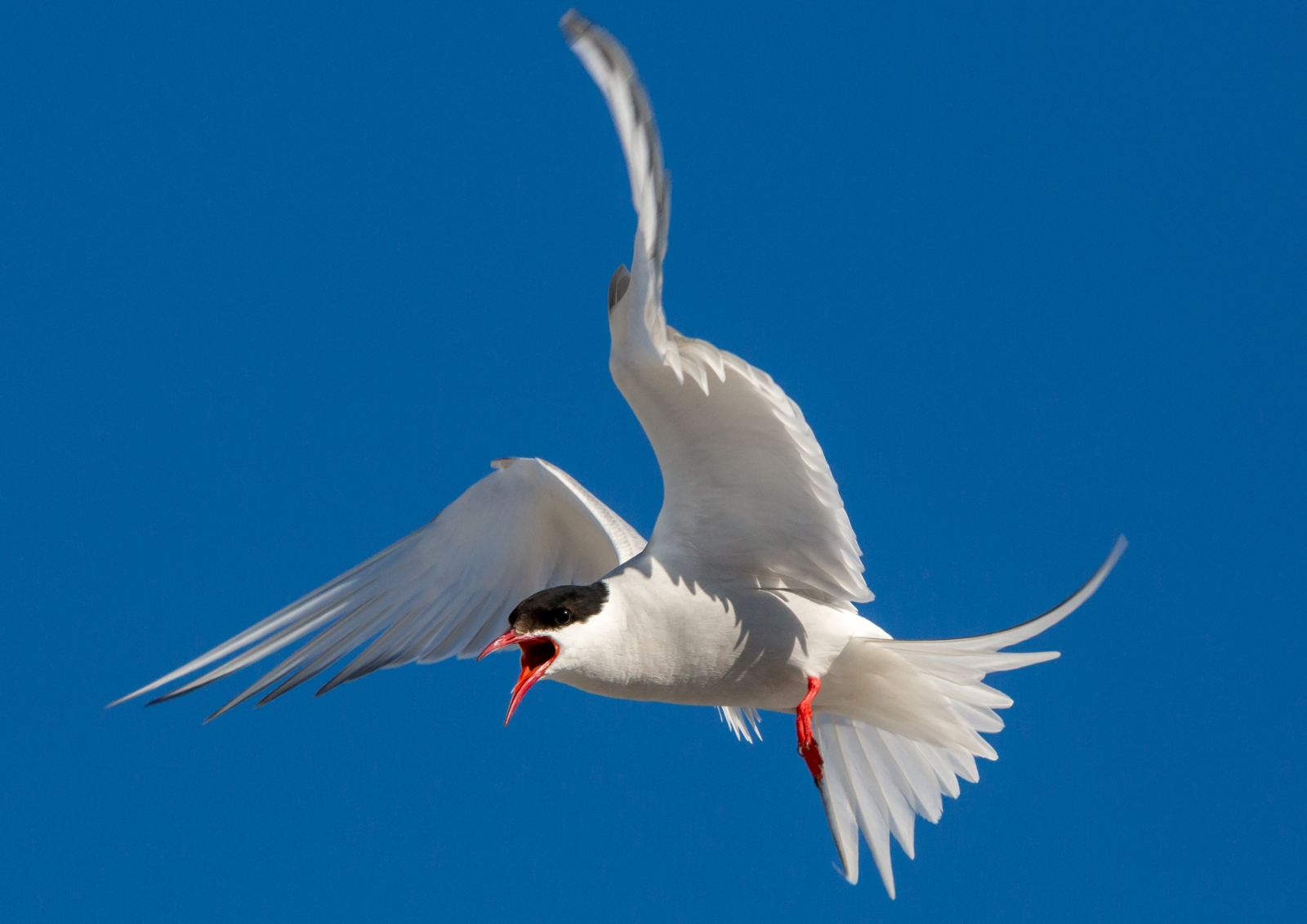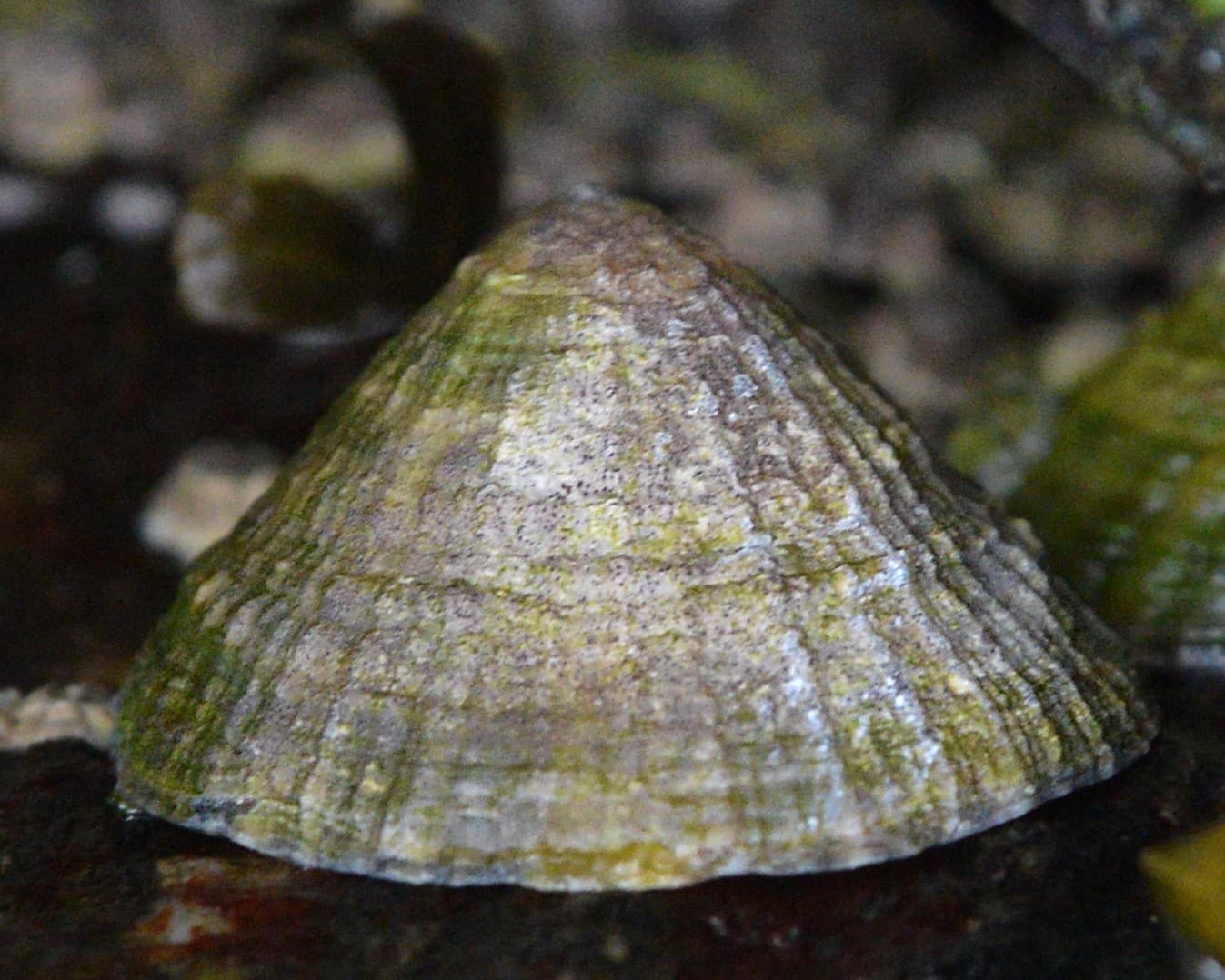Saiga Antelope vs Pronghorn: A Complete Comparison
The Saiga antelope and Pronghorn represent two of Earth’s most remarkable ungulate species, each evolved for survival in vastly different environments. While the Saiga antelope navigates the harsh steppes of Central Asia with its distinctive bulbous nose, the Pronghorn races across North American prairies at speeds up to 55 mph (89 km/h), making it the second-fastest land mammal on Earth.
These unique animals showcase nature’s diverse approaches to survival, with the Saiga’s unusual nasal structure filtering dust and warming cold air, while the Pronghorn’s oversized heart and lungs power its incredible speed. Though both are antelope-like creatures, their evolutionary paths have led to fascinating differences in adaptation and behavior.
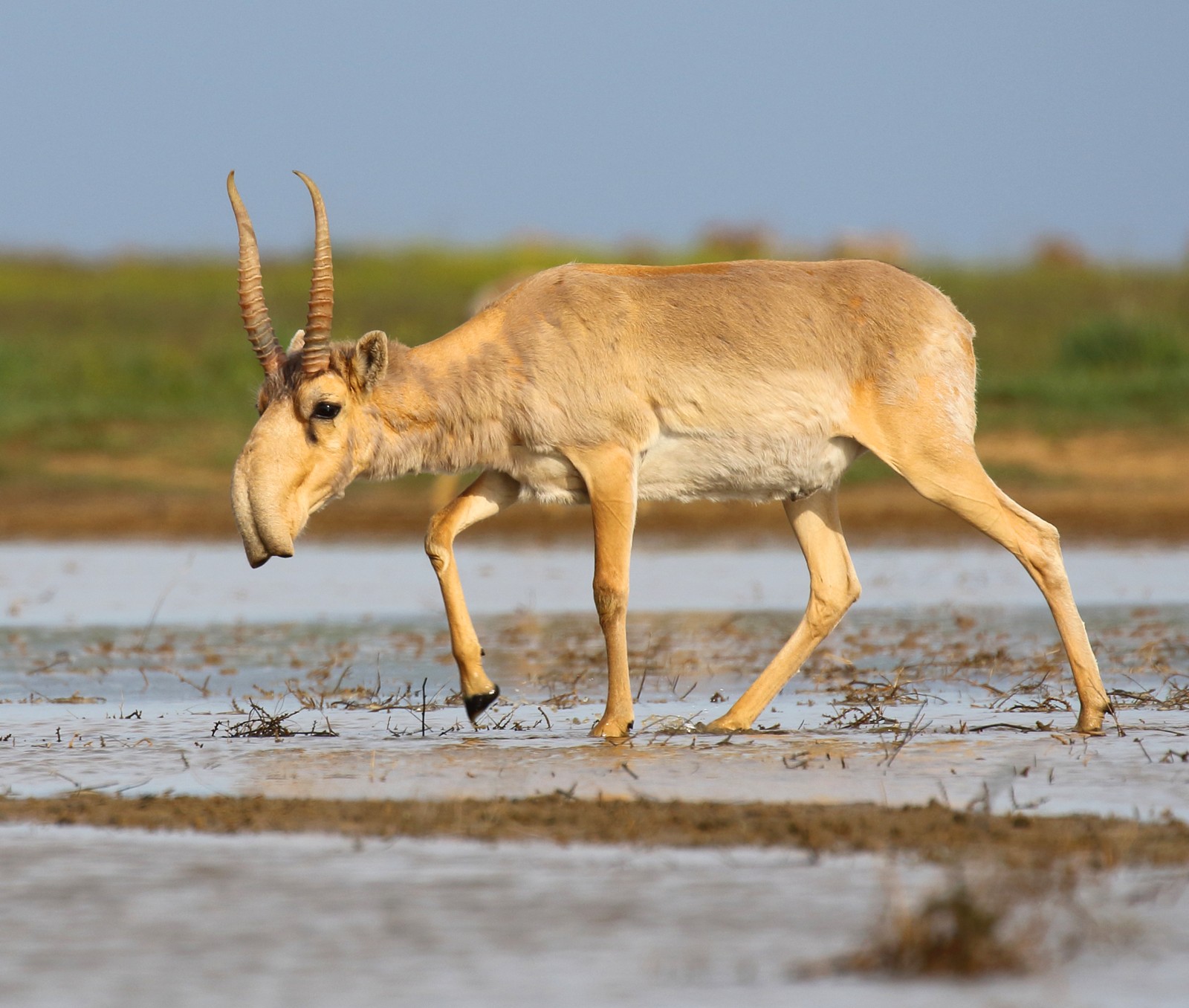
© Andrey Giljov / CC BY-SA 4.0
The critically endangered Saiga antelope, instantly recognizable by its bulbous nose, demonstrates remarkable adaptation to harsh steppe environments. This distinctive feature helps filter dust and warm cold air before it reaches the lungs.
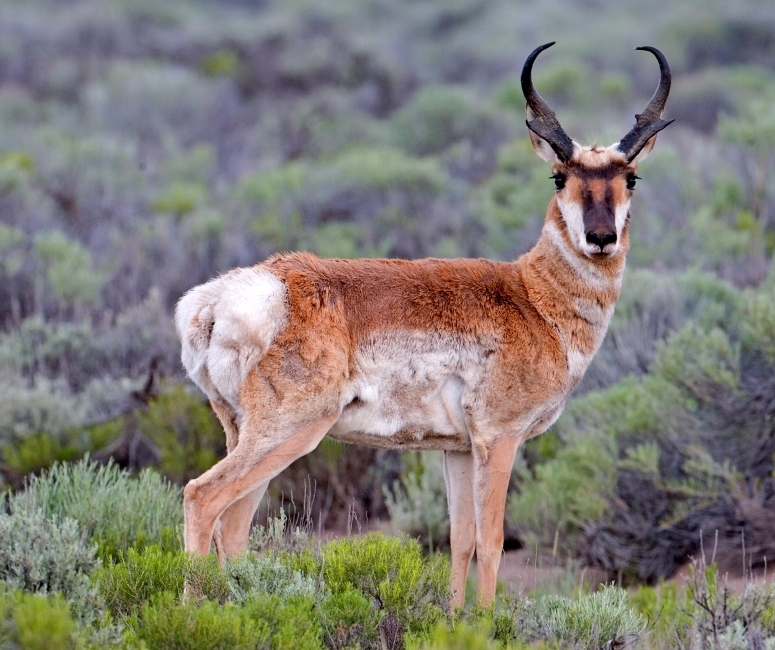
© www.naturespicsonline.com / CC BY-SA 3.0
The Pronghorn, North America’s speed champion, showcases its athletic build and distinctive horns. Unlike true antelopes, Pronghorns shed their horn sheaths annually, a unique characteristic among hoofed mammals.
Key Differences: Saiga Antelope vs Pronghorn
| Feature | Saiga Antelope | Pronghorn |
|---|---|---|
| Size | 24-32 inches (61-81 cm) at shoulder | 32-41 inches (81-104 cm) at shoulder |
| Weight | 57-152 lbs (26-69 kg) | 88-143 lbs (40-65 kg) |
| Top Speed | 50 mph (80 km/h) | 55 mph (89 km/h) |
| Habitat | Central Asian steppes | North American prairies and deserts |
| Horn Type | Permanent, translucent | Branched, annually shed |
| Conservation Status | Critically Endangered | Least Concern |
Habitat and Distribution
The Saiga antelope inhabits the harsh steppes and semi-desert regions of Central Asia, primarily in Kazakhstan and Mongolia. These animals have evolved to thrive in extreme temperature variations, from -40°F (-40°C) in winter to 104°F (40°C) in summer. Their distinctive nose helps them survive in these challenging conditions by filtering dust and warming cold air.
Pronghorns, conversely, are native to North America’s wide-open spaces, from southern Canada to northern Mexico. They prefer open prairies, grasslands, and semi-desert regions where their exceptional speed and keen eyesight provide effective defense against predators. Their habitat selection is strongly influenced by the presence of sagebrush, a crucial food source.
Speed and Predator Defense
While both species are built for speed, the Pronghorn holds the title of North America’s fastest land animal, capable of maintaining speeds of 35 mph (56 km/h) for several miles. Their incredible endurance stems from oversized hearts, lungs, and windpipes - adaptations that evolved to outrun now-extinct American cheetahs.
Saiga antelopes, though slightly slower, can still reach impressive speeds of 50 mph (80 km/h) in short bursts. They rely on their speed and highly developed herd behavior to escape predators like wolves and eagles. Their unusual nose structure also improves their stamina by efficiently processing air during high-speed runs.
Conservation Status and Threats
The contrast in conservation status between these species is stark. Saiga antelopes face critical endangerment, with populations having declined by over 95% since the 1990s due to illegal hunting for their horns (used in traditional medicine) and habitat destruction. Current estimates suggest fewer than 50,000 individuals remain in the wild.
Pronghorns, while historically threatened, have maintained stable populations thanks to successful conservation efforts. Current estimates place their numbers at around 700,000 individuals across North America. Their main challenges include habitat fragmentation and barriers to traditional migration routes.
Breeding and Social Behavior
Saiga antelopes form large herds during migration and breeding seasons, with groups sometimes exceeding 1,000 individuals. Males compete fiercely during rutting season, with dominant males gathering harems of 5-50 females. Females typically give birth to twins, an unusual trait among ungulates that helps population recovery.
Pronghorns exhibit different social structures, typically forming smaller groups of 5-20 animals outside breeding season. During rut, dominant males defend territories and harems of 1-15 females. Unlike Saigas, Pronghorn females usually bear single fawns, though twins are possible.
Diet and Feeding Habits
Both species are selective feeders, but their dietary preferences reflect their distinct habitats. Saiga antelopes consume over 100 different plant species, adjusting their diet seasonally from succulent spring herbs to drought-resistant vegetation in summer and lichen in winter.
Pronghorns demonstrate remarkable adaptability in their feeding habits, consuming sagebrush, forbs, and grasses. Their ability to digest toxic compounds in sagebrush gives them a competitive advantage in their ecosystem, allowing them to thrive where other herbivores struggle.
Through these remarkable adaptations and characteristics, both the Saiga antelope and Pronghorn demonstrate nature’s incredible capacity for specialized evolution, each perfectly suited to their respective environments despite facing very different challenges for survival.
